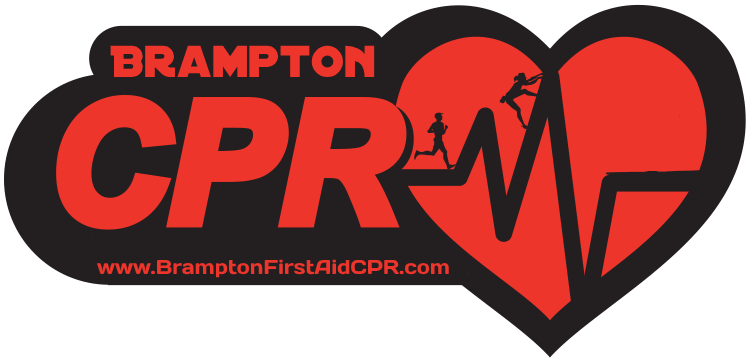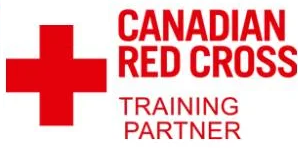N95 Mask Fit Testing
N95 masks are essential personal protective equipment (PPE) used in various industries, including healthcare, construction, and manufacturing. The N95 designation signifies that the mask filters out at least 95% of airborne particles, providing effective protection against the spread of infectious diseases, such as COVID-19.
However, to ensure maximum protection, it’s crucial that the mask fits properly on the face. N95 mask fit testing ensures that the mask forms a proper seal around the face, preventing leakage and ensuring that the wearer is fully protected from airborne hazards.
At Brampton First Aid CPR, we offer N95 mask fit testing to ensure the correct mask fit for your safety and compliance with health and safety standards. Our testing procedure follows regulatory guidelines to confirm that the mask provides optimal protection for workers in high-risk environments.
N95 Mask Fit Testing
N95 mask fit testing is a critical process designed to evaluate how well an N95 mask seals on an individual’s face. The primary goal of this test is to ensure that the mask provides effective protection by forming a snug fit and preventing air from leaking around the edges.
Why Fit Testing is Important:
- Proper Fit: The mask must fit tightly against the face to ensure that airborne particles are filtered effectively, providing optimal protection.
- Seal Integrity: If the mask does not create a proper seal, it can allow contaminated air to bypass the mask, potentially increasing the risk of exposure.
- Critical for Safety: A well-fitted N95 mask is essential for safeguarding individuals in environments with airborne hazards, such as healthcare settings, construction sites, and laboratories.
At Brampton First Aid CPR, we conduct thorough N95 mask fit testing to ensure compliance with safety standards and to guarantee that individuals are properly protected.
Testing. Both methods aim to ensure that the mask fits properly and provides adequate protection, but they differ in their approach and accuracy.
1. Qualitative Fit Testing
- Method: This test relies on the individual’s senses, such as taste, smell, or irritation, to detect any air leaks around the mask. During the test, the individual is exposed to a test agent, typically a harmless substance like a bitter or sweet solution, to check for any leakage.
- Procedure: If the individual can taste, smell, or feel irritation from the test agent, it indicates that the mask is not forming a complete seal.
- Suitability: This method is typically used for initial or basic testing and can be sufficient for most non-healthcare applications.
2. Quantitative Fit Testing
- Method: This test uses specialized equipment, such as a machine that measures the amount of air leaking through the mask. A sensor is placed near the individual’s mouth to measure the concentration of particles inside and outside the mask.
- Procedure: The equipment provides a numerical measurement of the mask’s fit, giving a more precise assessment of its performance. The results are expressed as a “fit factor,” with a higher number indicating a better fit.
- Suitability: Quantitative fit testing is more accurate and is commonly used in high-risk environments, such as healthcare and laboratory settings.
Both methods are essential for ensuring that N95 masks provide optimal protection, but quantitative fit testing is generally preferred for its precision and reliability. At Brampton First Aid CPR, we offer both testing methods to meet various workplace requirements and ensure that participants are properly protected when wearing their N95 masks.
Steps for N95 Mask fit testing:
The N95 mask fit testing process typically involves the following steps:
- Cleaning the face and beard (if any Prepare the Face and Beard:
Clean the face and beard (if applicable) to ensure a smooth and clean surface for the mask to fit properly.
Any facial hair, especially around the mask’s sealing area, can interfere with the fit, compromising the mask’s effectiveness.
Put on the Mask:
Place the N95 mask over the nose and mouth, ensuring that it covers both fully.
Adjust the straps to secure the mask comfortably on the head.
Adjust the Fit:
Ensure the mask fits snugly against the skin, with no gaps around the edges.
Pinch the nose bridge to mould the mask to the shape of the nose for a secure seal.
Perform the Fit Test:
Qualitative Fit Test: The individual will be exposed to a test agent (such as a bitter or sweet substance). If they can taste or smell it, the mask does not fit properly.
Quantitative Fit Test: Specialized equipment measures the amount of air leaking through the mask. If the leakage is too high, adjustments must be made.
Make Adjustments if Necessary:
If the results of the fit test are unsatisfactory, the individual should try a different size or model of the mask.
Reassess the fit and seal until a proper fit is achieved, ensuring optimal protection.
Conclusion: N95 mask fit testing is vital for ensuring that the mask offers the maximum protection against airborne particles. A proper fit and seal are crucial to the mask’s effectiveness in safeguarding the wearer from harmful contaminants. Brampton First Aid CPR offers comprehensive N95 mask fit testing to ensure that employees in industries such as healthcare and construction are equipped with the right mask for their face shape and size, meeting workplace safety standards. It is imperative that employers prioritize fit testing for their staff to maintain a safe and protected working environment






